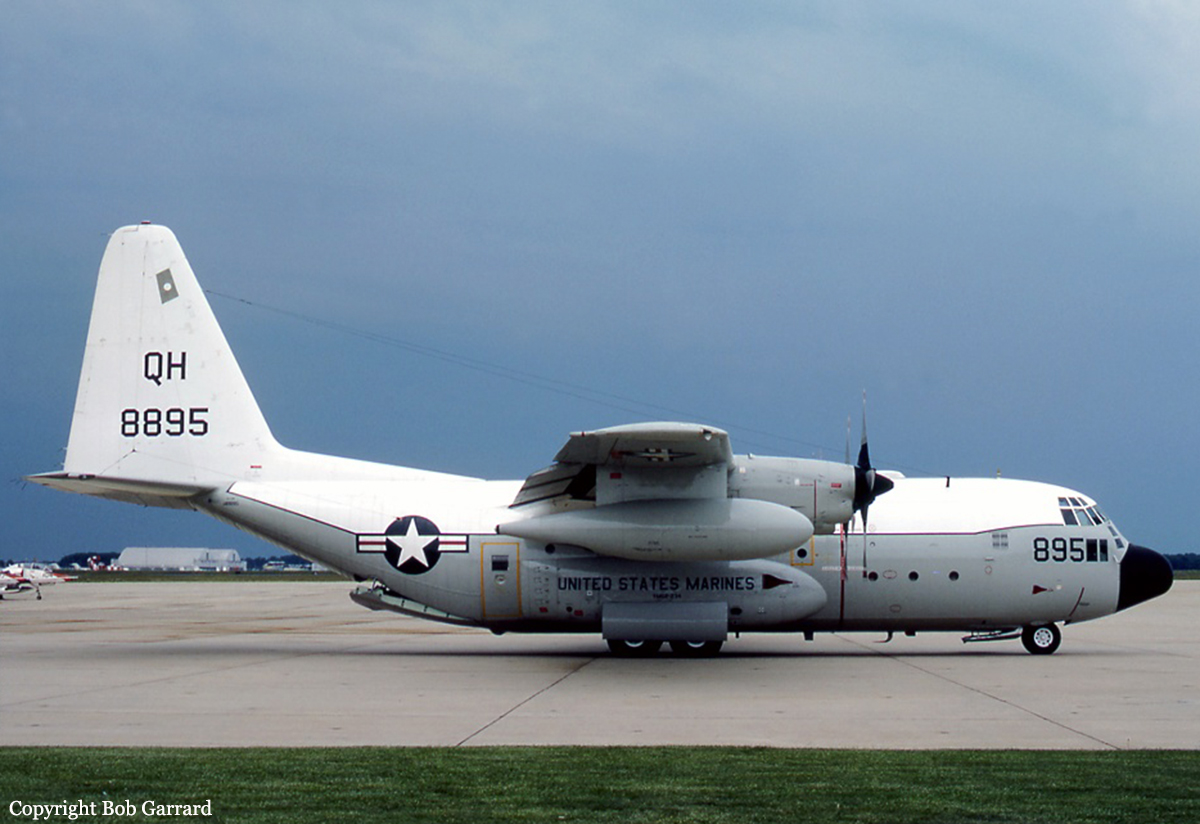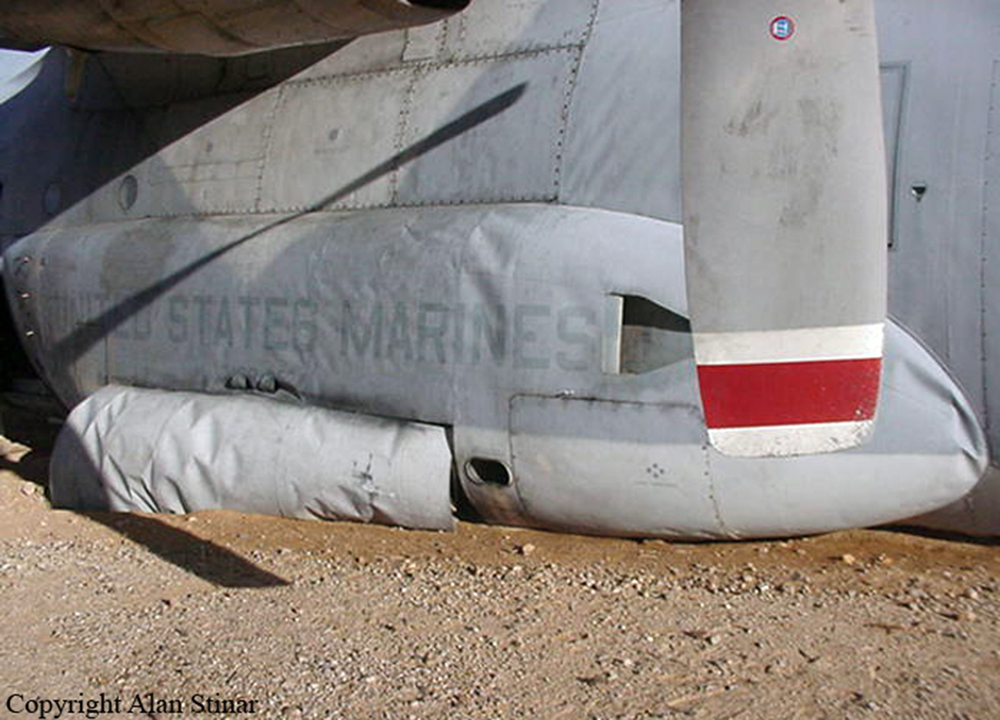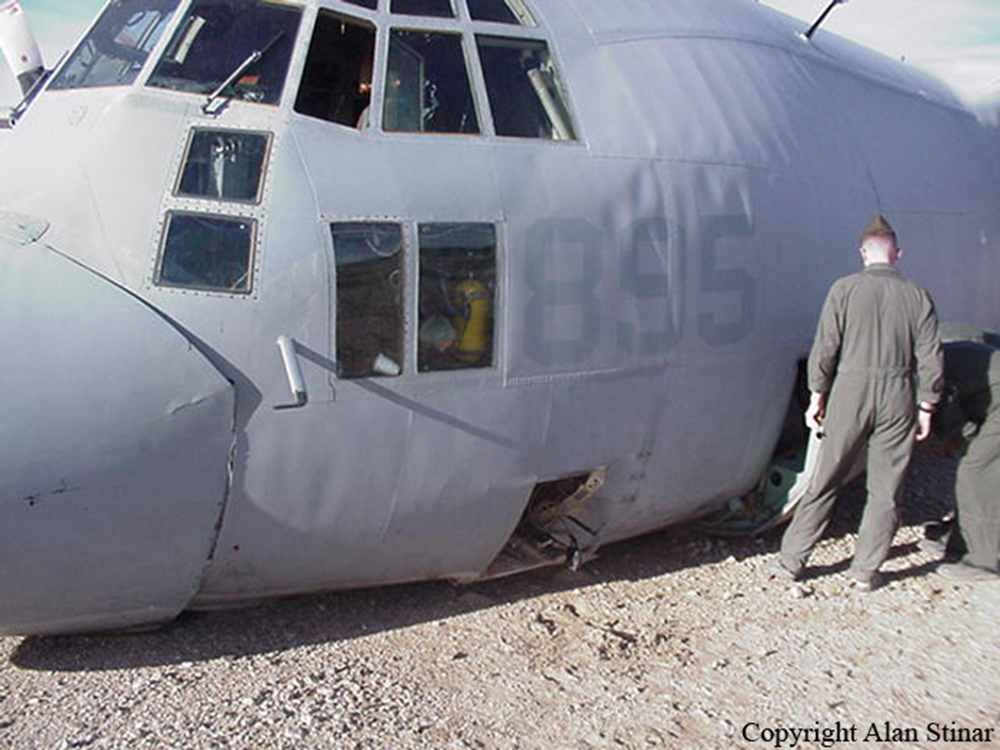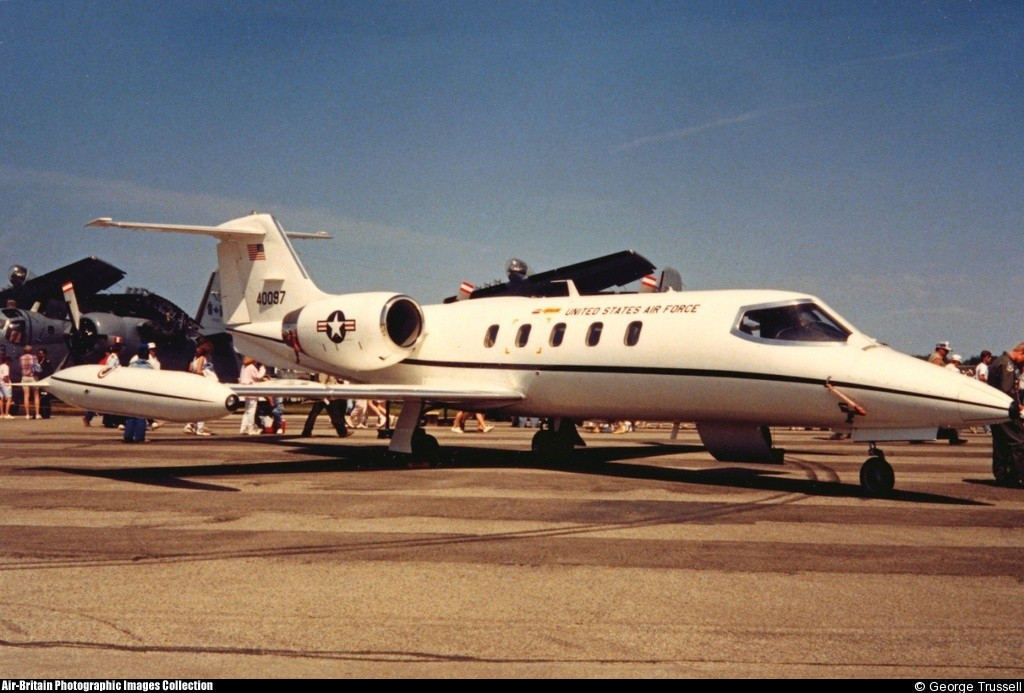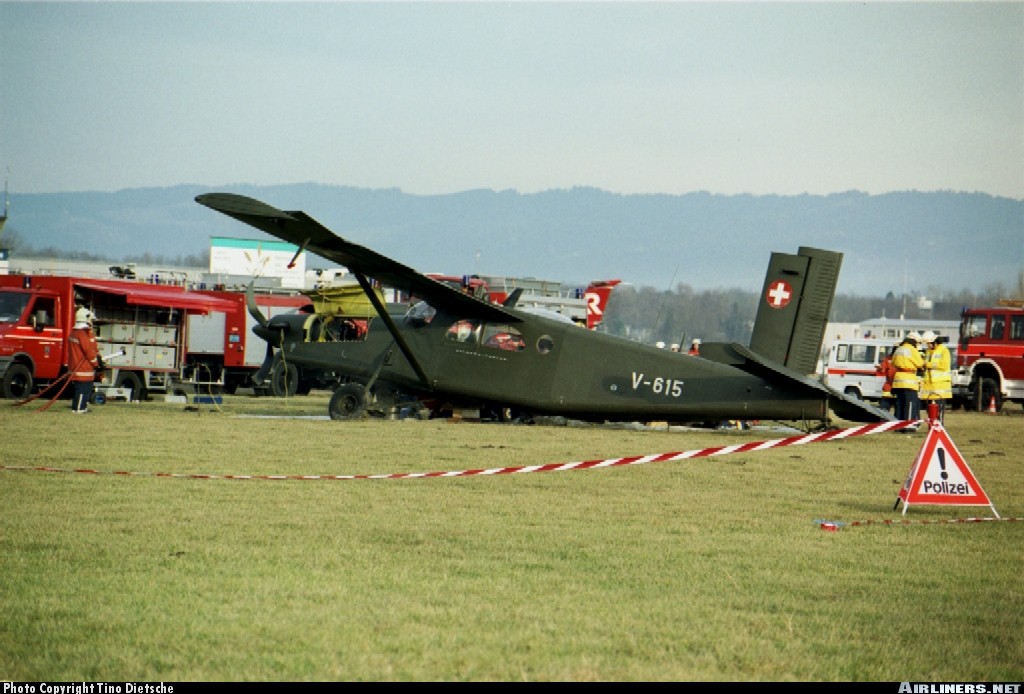Crash of a Lockheed KC-130F Hercules in Twentynine Palms
Date & Time:
Feb 11, 2002
Registration:
148895
Survivors:
Yes
Schedule:
Twentynine Palms - Twentynine Palms
MSN:
3619
YOM:
1961
Crew on board:
8
Crew fatalities:
Pax on board:
0
Pax fatalities:
Other fatalities:
Total fatalities:
0
Aircraft flight hours:
20960
Circumstances:
The crew departed Twentynine Palms on a local training flight. Shortly after takeoff, the engine n°1 failed. The aircraft encountered difficulties to gain height when the engine n°4 lost power. The crew attempted an emergency landing in a sandy area located about 4,5 km past the runway end. All eight crew members escaped uninjured while the aircraft was damaged beyond repair.
Probable cause:
Failure of the engine n°1 during initial climb and a loss of power on the engine n°4 for unknown reasons. As the aircraft was operated at its MTOW, the crew was unable to maintain a positive rate of climb.
